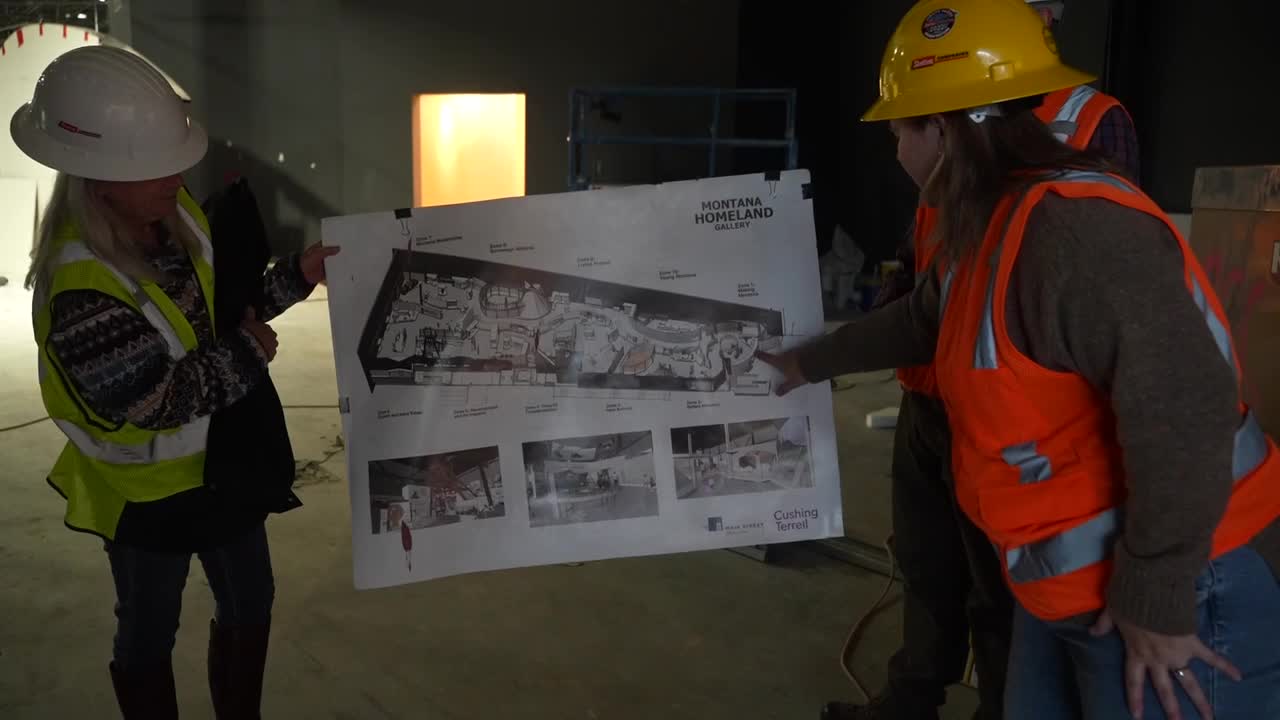Large Rose Hills Project Brings Mixed Income Housing to East Helena
A new Rose Hills neighborhood planned for East Helena is being led by Helena Area Habitat for Humanity with partner organizations, and envisions mixed income housing, a community land trust for long term affordability, 46 acres of parks and open space, trails, and a town center with small business space. The project could reshape housing affordability, local services, and recreation in Lewis and Clark County, while raising questions about infrastructure phasing and financing for community amenities.

Helena Area Habitat for Humanity and partner organizations are advancing plans for Rose Hills, a large mixed income neighborhood proposed in East Helena that combines housing, public spaces, and small business space. Developer materials and the Rose Hills project site describe a design that mixes housing types, establishes long term affordability through a community land trust model, preserves 46 acres of parks and open space, and adds trail connections and a town center with space for small businesses and community amenities.
The plan centers on long term affordability by separating land ownership from home ownership through a community land trust model. According to project materials, that approach aims to keep homes affordable to a broader range of households over time by limiting resale prices and maintaining community control of key parcels. The developer documents also outline design principles and sustainability features intended to reduce environmental impacts and support durable neighborhood infrastructure.
For Lewis and Clark County residents the proposal has multiple local implications. Adding mixed income housing can expand options for families, workers, and seniors who struggle to find a place to live close to jobs and services. The town center component could create new locations for locally owned businesses, and the parks and trail network would add substantial publicly accessible open space with 46 acres set aside for recreation and habitat. Those elements together could enhance quality of life and broaden economic activity in East Helena.
At the same time, the project raises near term questions about infrastructure and phasing. The developer materials and frequently asked questions address how water, sewer, roads, and utilities will be extended, and explain a phased approach to construction and occupancy. Local officials will need to coordinate funding and permitting to align public investments with the project schedule, and to ensure that transportation and public services keep pace with new housing.
From a market perspective the community land trust changes traditional resale dynamics and reduces the potential for speculative gains, which helps lock in affordability but also affects how property tax revenues and individual wealth accumulation unfold over time. For policy makers the project highlights trade offs between preserving affordability, supporting small business growth, and funding infrastructure in a small city context.
Planning for Rose Hills remains ongoing. Residents seeking more detail can consult the developer materials and the Rose Hills information site for project goals, design information, sustainability descriptions, and answers to questions about infrastructure, phasing, and the community land trust model. Local coordination between Habitat, partner organizations, and municipal authorities will determine how quickly the neighborhood moves from plan to construction and how its benefits are distributed across the county.


